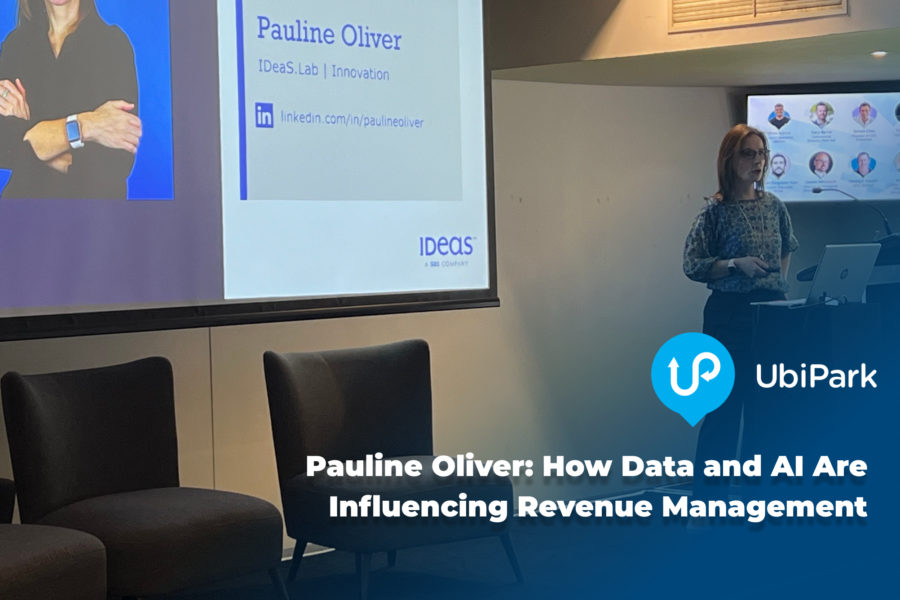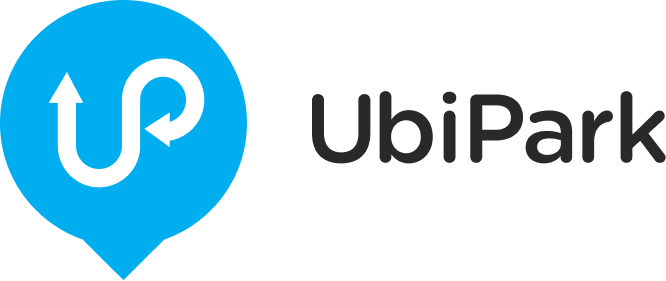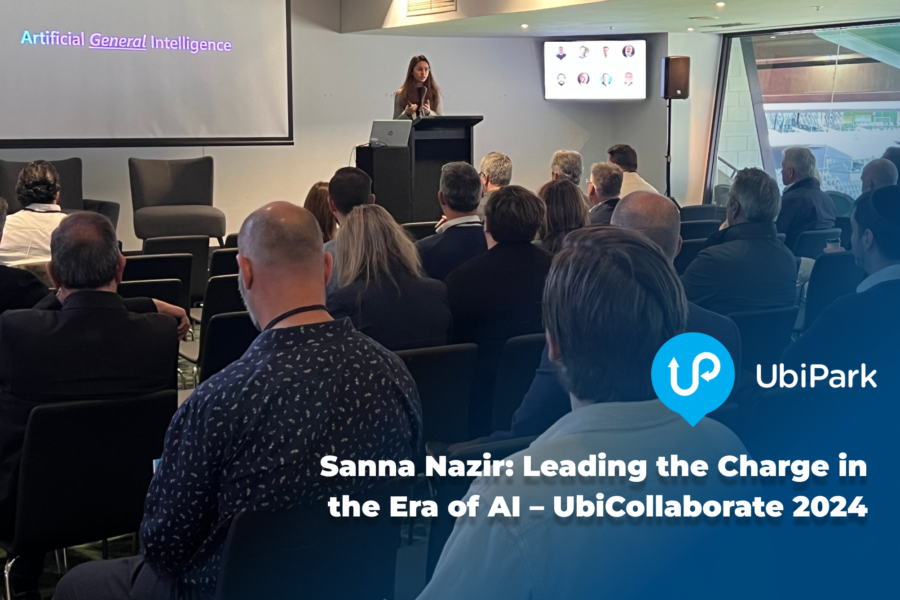Overcoming Commuter Car Park Issues Through Smart Parking Tech
November 27, 2017
Recently, there has been a fair bit of news on commuters struggling to find parking in New South Wales.
Commuters from the Central Coast are driving down to Hornsby, frustrating Mayor Philip Ruddock, who wants to turn them back from his suburb. North shore residents in St Ives and surrounding suburbs have to make it to the station by 8am otherwise car parks are full. In many cases commuter car parks are full around 7am each weekday morning.
In fact, over the last five years we’ve seen a 7 per cent increase in residents from New South Wales travelling to work by car, according to the latest census data. For those commuters using two modes of transport to get to work, one of which is the train, 40 per cent use a car to get to or from a station.
As populations increase and more commuters look to use public transport as part of their commutes, it comes as no surprise they are struggling to get parking in the outer suburbs of Sydney. Commuter car parks fill up rapidly with the increased demand, forcing motorists to search for alternative parks in other suburbs or drive all the way into the city for work.
This is only going to increase congestion and commuter angst, as more and more commuters get fed up trying to use public transport but cannot get a park. Ingrid Laurijssen’s story on this is the perfect example and she is not the only one.
How do we address the commuter parking problem?
The simple solution is to add more parking at commuter stations. But, this is often an expensive and time consuming task. It’s not like the government can build more car parks by tomorrow. We have to find the appropriate space, put out a tender for someone to build it and then find someone to manage it. And, it will need to be funded from tax payers money. Not quite so simple then.
However, like every industry, the parking industry is embracing and adopting new smart technologies that make better use of the assets we already have and can help efficiently manage the commuter flow and transport needs.
In New South Wales, and Australia in general, there is plenty of untapped and underutilised car parks, which we don’t even know about. For instance, sporting grounds are generally busy on the weekend but not so much during the week.
New smart parking technologies are aggregating these spaces, as well as the traditional ones, onto a single easy to use platform. This enables commuters to see current car park information, from rates, restrictions, hours of operation and, most importantly, vacancies in real-time. They would then be able to see and select underutilised car parks near their train station or a viable local alternative, maybe one stop back on the train line, before they even leave the house. They could even pre-book and pay for the spot through the app there and then, ensuring they got the best rate and a convenient parking space for their commute.
Navigation tools then direct the motorist to the entrance of the car park, utilising live traffic information to avoid congested routes and keep traffic flowing in the suburbs. If pre-booked, the smart parking technology could even provide access to boom-gated car parks, so they wouldn’t even need to get a ticket, reducing the risk of missing their train or receiving a parking fine.
Helping councils to plan commuter parking
Going one step further, to boost the spaces available to commuters at transport hubs, parking could be included on the Opal card system and be used to pay for discounted or free parking. Non-commuters could then be charged at a higher rate or prohibited from the car park altogether. By limiting commuter car parking to commuters only, those not using public transport will be discouraged from taking up vital spots at transport hubs, increasing availability for commuters.
This again could be managed through smart parking technologies, linking their parking account to the Opal card, providing a seamless experience for commuters. Housing this information digitally would also give councils unprecedented insight into the use of parking facilities in their suburb.
This will enable local councils to better understand demand, where there is surplus and where there isn’t enough capacity, thanks to the rich trip data and real-time car park information. This will enable them to identify potential areas where car parks do actually need extra capacity easily and make informed decisions on local parking issues, rather than discuss complex policies, like turning around commuters.
If we don’t act now, the problem is only going to get worse as our population increases. Smart parking solutions can help address this challenge now, at low cost and in a rapid fashion, delivering real benefits to the people of Sydney and surrounding suburbs. And, that’s what UbiPark is all about. Helping motorists find, access and pay for parking, whilst providing councils and operators the insight and data they need to make better decisions. For more information, go to www.ubipark.com.



